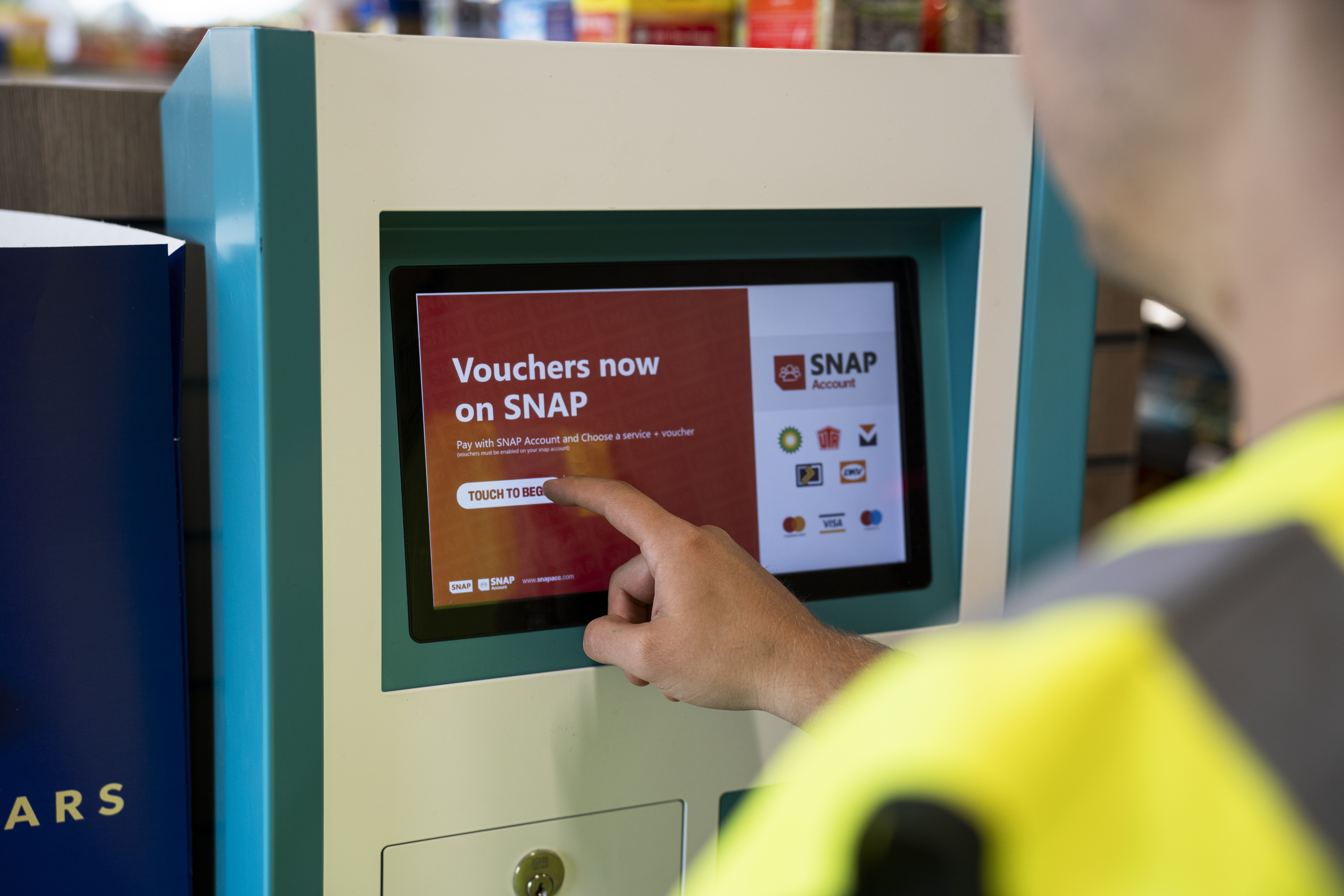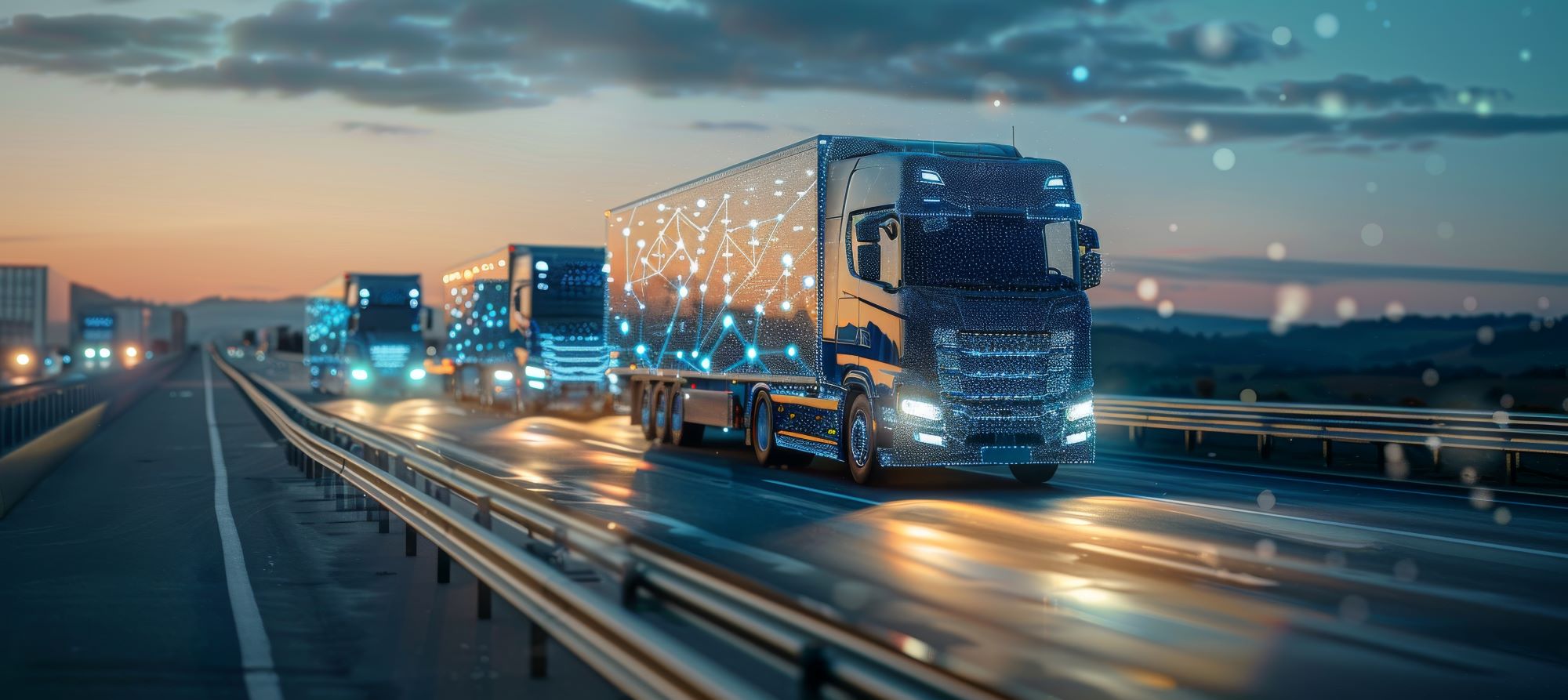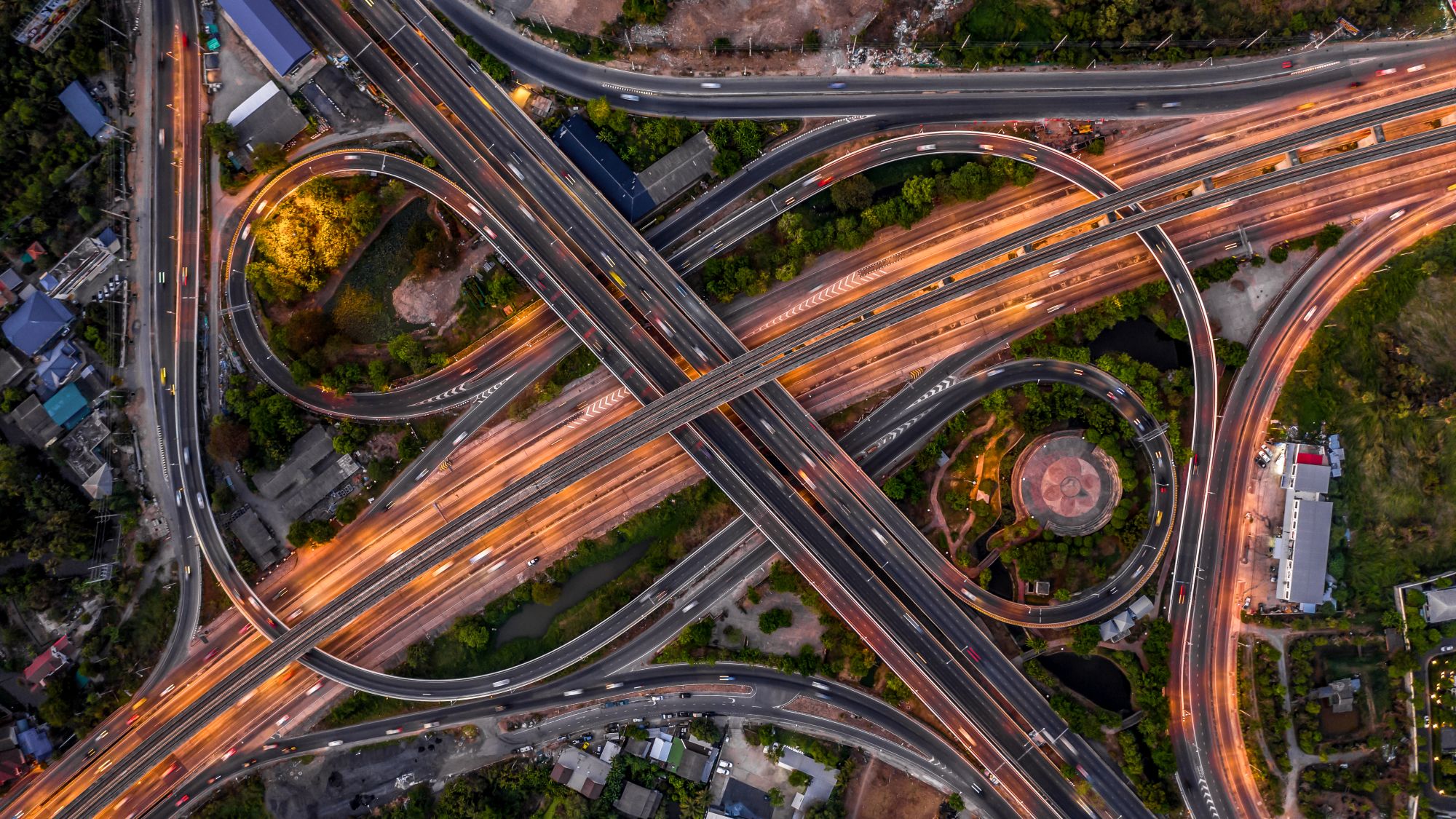
Guest
Hvordan SNAP revolutionerer lastbilbranchen ved hjælp af teknologi
Oprettet: 22.01.2025
•
Opdateret: 29.01.2025
Lastbilbranchen gennemgår en teknologisk revolution - og her hos SNAP flytter vi konsekvent grænserne for innovation for at forbedre sikkerheden, effektiviteten og bekvemmeligheden for chauffører og flådeoperatører i hele Europa og sætter nye standarder i processen.
Det centrale i vores tilbud? Vores omfattende digitale markedsplads - en one-stop-platform, der omdefinerer styringen af driften. Læs videre for at lære, hvordan...
Digital markedsplads
Der er to hovedelementer i dette.
intruck
intruck er blevet et uundværligt værktøj for bilister, der navigerer på Europas enorme vejnet, og det er meget mere end bare en mobilapp, der hjælper dem med at finde vej; det er en dynamisk ressource, der lægger informationens magt direkte i deres hænder. Desuden giver den dem mulighed for at forhåndsreservere parkeringspladser langs deres ruter.
SNAP-portalen
Hvad angår vores webbaserede platform, gør det innovative værktøj det muligt for flådechefer at reservere parkeringspladser til chauffører på forhånd, hvilket forbedrer ruteplanlægningens effektivitet betydeligt. Ved at give dette niveau af forudseenhed og kontrol kan vi hjælpe med at [optimere flådedriften] (https://snapacc.com/newsroom/route-optimisation-with-fleet-management-software-snap-account/), reducere nedetid og forbedre den overordnede logistikstyring.
Udvidelse af netværk, forbedring af tjenester
Vores engagement i at forbedre lastbilchaufførernes oplevelse er tydelig i vores hurtigt voksende netværk af servicesteder i hele Europa. Mange af disse steder har forbedrede sikkerhedsfunktioner - og imødekommer det kritiske behov for sikre rastepladser for chauffører og deres værdifulde gods.
Derudover strækker vores netværk sig ud over parkering - vi har integreret europæiske [lastbilvaskeanlæg] (https://snapacc.com/newsroom/how-to-find-a-truck-wash-near-you/), hvilket viser vores holistiske tilgang til at opfylde chaufførernes behov på vejen. Desuden kan vi gennem vores partnervirksomhed, Certas Energy, tilbyde SNAP Fuel - det giver lastbilchauffører adgang til rabatteret optankning på deres stationer, hvilket giver endnu et lag af bekvemmelighed og omkostningseffektivitet.

Digitale betalinger og automatisering
Vi har også revolutioneret via vores digitale betalingssystem. Det eliminerer effektivt behovet for kontanttransaktioner i branchen, og det er ikke underligt, at det bruges hvert 13. sekund i hele Europa. Desuden har det resulteret i øget sikkerhed for chauffører og strømlinet udgiftsstyring for flådeoperatører.
Der er også funktioner, der automatiserer booking- og transaktionsprocesser. Det forenkler de administrative opgaver betydeligt for både vognmænd og flådechefer, hvilket ikke kun sparer tid, men også reducerer risikoen for menneskelige fejl - hvilket fører til en mere effektiv og præcis drift.
Sikring af fremtiden
Vi anerkender den kritiske betydning af sikkerhed i branchen og har derfor en dedikeret [Access & Security division] (https://snapaccessandsecurity.com/). Den tilbyder skræddersyede produkter, der er designet til at beskytte transportpladser, køretøjer og gods. I en tid, hvor godstyveri og sikkerhed på byggepladser er et stort problem, er vores proaktive tilgang til sikkerhed nøglen til at tackle sektorens mest presserende udfordringer.
Integration og innovation - SNAPs måde at gøre det på
Vi vil fortsætte med at innovere og udvide vores teknologiske tilbud og sikre, at vi forbliver smidige ved at opdatere og forbedre vores tjenester, så de opfylder branchens skiftende behov. Når vores netværk vokser i forskellige lande, vil vi desuden sørge for at navigere i forskellige lovgivninger og infrastrukturforskelle - ligesom vi gjorde med vores nylige udvidelse til Østrig, Bulgarien, Tjekkiet, Grækenland, Ungarn, Italien og Rumænien.
Ved at løse problemerne i sektoren ved hjælp af teknologi forbedrer vi også eksisterende processer og omformer fremtidens logistik - og styrker yderligere vores position som førende inden for tech trucking.
Vil du vide mere om SNAP, og hvad vi gør? Kontakt os på +44 (0)1603 777242.



